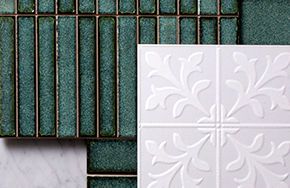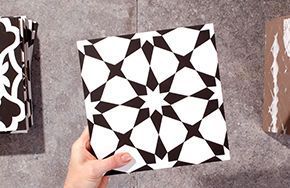Join our mailing list for creative inspiration, new products and exclusive offers.
Renovating or building?
We can design and manufacture tiles to your specific requirements, right here in Australia. Contact us today to discuss how we can help you select the tiles you need to create your own unique sanctuary.










